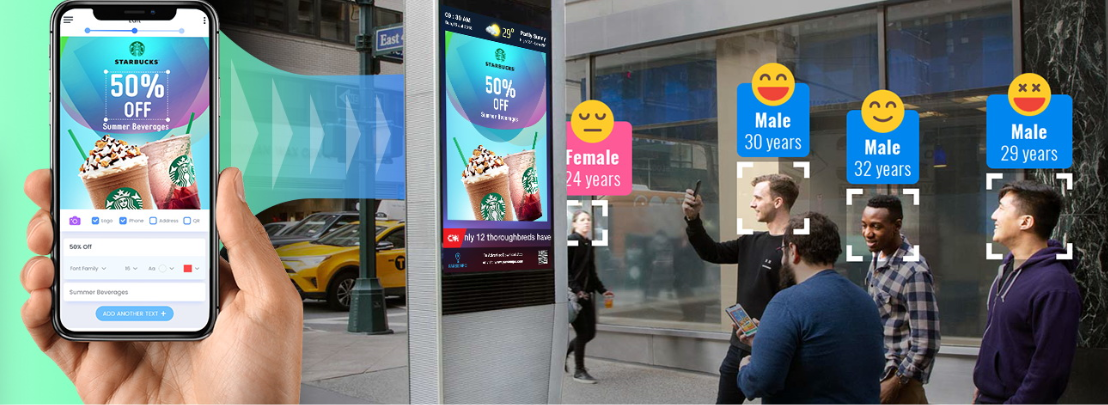29 Mar

Effects of The Corona Virus on Digital Signage and DOOH
The Covid-19 virus is spreading across the world and many industries are feeling its effects including the users of Digital Signage and DOOH.
Improving the bottom line
Retail, Hospitality, Transportation, Travel and Commercial real estate are verticals that have ground to a halt incurring substantial losses that will take years to recover.
These verticals are heavy users for the Digital Signage and DOOH space and coming out of this crisis will require a hard look at recurring expenses for the software components that run their Signage networks.
The common pricing strategy for a typical signage software solution can cost up to a ridiculous amount of $130 per screen per month with a long list of hidden costs associated with ongoing maintenance and operations like content creation, integrations, and customizations for internal signage applications as well as trained sales professionals and back-office processes needed to facilitate the sale of advertising on DOOH.
These verticals are now realizing that although Digital Signage and DOOH are an integral part of their communication strategy they cannot afford to incur all these hidden expenses which reduce their bottom line.
Over the past few weeks, players in these verticals have been canceling contracts with veteran signage companies offering managed services and niche solutions and are now seeking new cost-effective Digital Signage and DOOH management alternatives that reduce their operational expenses and maximize their ROI.
Decline of touch based signage
Have you ever sat down at a restaurant and were handed a tablet powered menu that didn’t look super clean? How about self-service kiosks in QSR?
These are just a few examples from the hospitality industry and you can find many more in others. Among the many types of bacteria that are found on these screens, you can find Enterococcus faecalis, Staphylococcus and now the added risk of COVID-19. Health experts are warning the public to sterilize these displays before using them which in many cases requires the allocation of additional resources to adhere to these recommendations.
According to Professor Bill Keevil, a virologist from the University of Southampton, the virus can survive on the screens for several days at a time – meaning it could be easily transmitted from person to person if they are not wiped down.
There are many more effective methods to interact with visual information on these displays without all that unnecessary exposure by leveraging vision, Bluetooth, and speech recognition technologies that do not require any physical interaction with potentially contaminated screens to create smarter and safer cities.
Creating additional revenue opportunities
Digital signage and Digital Out Of Home (DOOH) displays provide their owners with the potential of generating passive revenue through monetization of “ad space” on their screen. Much like online publishers who sell ad space in video streams and banner placements on their websites and apps.
Many verticals are starting to realize the potential of creating these new alternative revenue-generating engines such as evident in the recent adoption of this medium by ride-sharing giants Uber and Lyft.
Traditionally this has been a complicated process as outlined in 2017 by global visual retail director Jose Avalos, from Intel’s Internet of Things Group.
Allowing digital signage networks to offer a viable alternative to traditional advertising is at the heart of the first. It’s still very difficult for brands to buy advertising on a digital network,” says Avalos. “In the US, if you want to send a message and you want to use television, you [have to] spend a lot of money, but you buy a Superbowl ad and then everybody can see it. But if you want to buy a campaign over digital signage networks you have to make 50 different phone calls. You have all these fragmented networks. If we can solve this issue… then we would see a lot more dollars flowing into digital signage.
Parsempo is launching an end to end solution that tackles these key challenges to dramatically reduce the cost of ownership and improve the ROI so that these businesses can leverage their infrastructure to create engaging experiences for their customers, commuters, and visitors through a single intelligent self-service platform.


Recent Comments